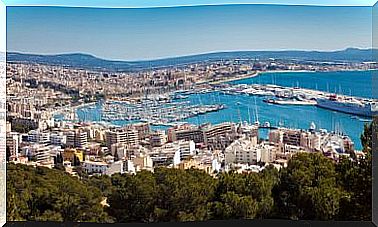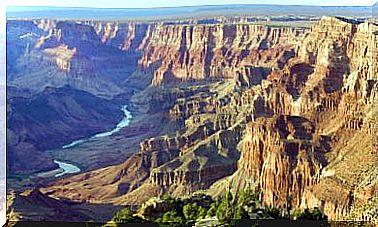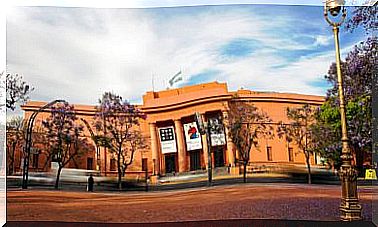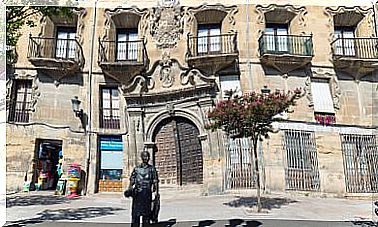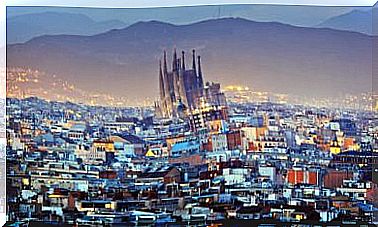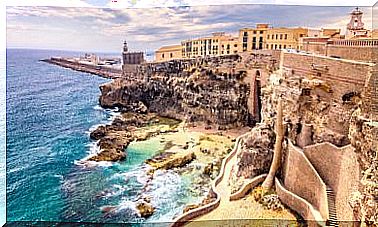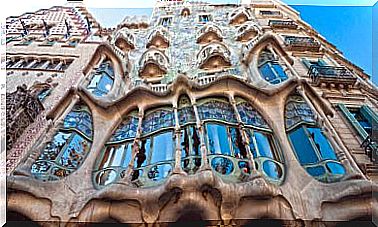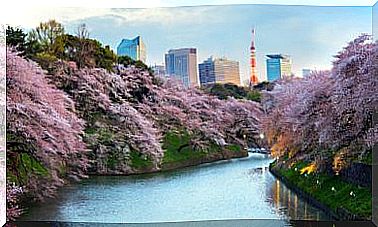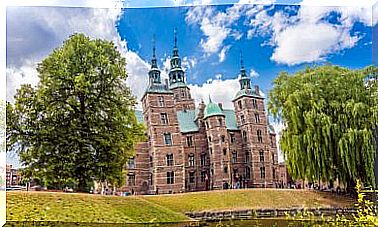Isle Of Iona: A Beautiful Place
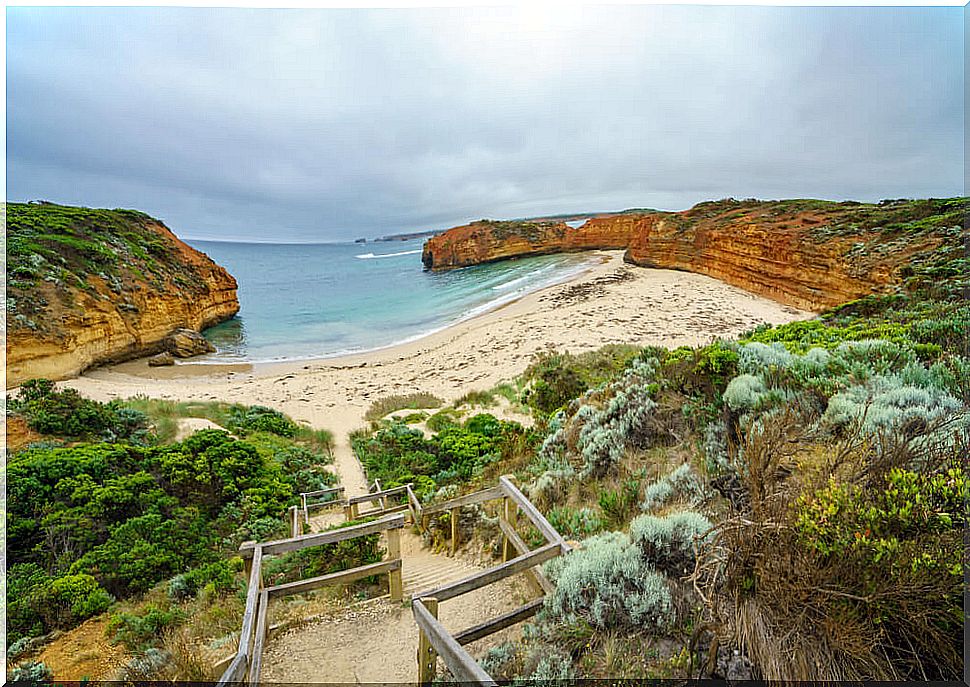
Iona is a small island in the west of Scotland, in the Inner Hebrides. The Isle of Iona is separated from the Isle of Mull by the Strait of Iona.
Even though the island is very small, we could talk about it for hours. It has less than 200 inhabitants and, in addition to being a quiet place surrounded by nature, it is a spiritual place of great religious importance. In fact, it has been the cradle of Christianity in Scotland.
There is a Gaelic prediction that says that whoever goes to Iona once will do so three times. The island welcomes the pilgrim, the antique dealer, the artist, or whoever, no matter where they come from.
In this destination of historical-cultural wonders, of spirituality and of nature, they say that great energy is throbbing. Next, we will provide you with a guide so that you know which are the best known places and what you can do there.
Iona Abbey
Around 563, Saint Columba – a prominent Irish figure among Gaelic missionary monks – founded the Abbey of Iona, an important monastery. This fact goes hand in hand with the history of the place and has been a determining factor in establishing the island.
As mentioned above, Iona has been the cradle of Christianity in Scotland. Thanks to Saint Columba and its Christianization in the place, a very important event occurred that had the Iona Abbey as its main protagonist.
Towards the beginning of the 9th century, Iona suffered looting that was attributed to the Vikings, as well as other similar attacks. In these events, all the monks were killed.
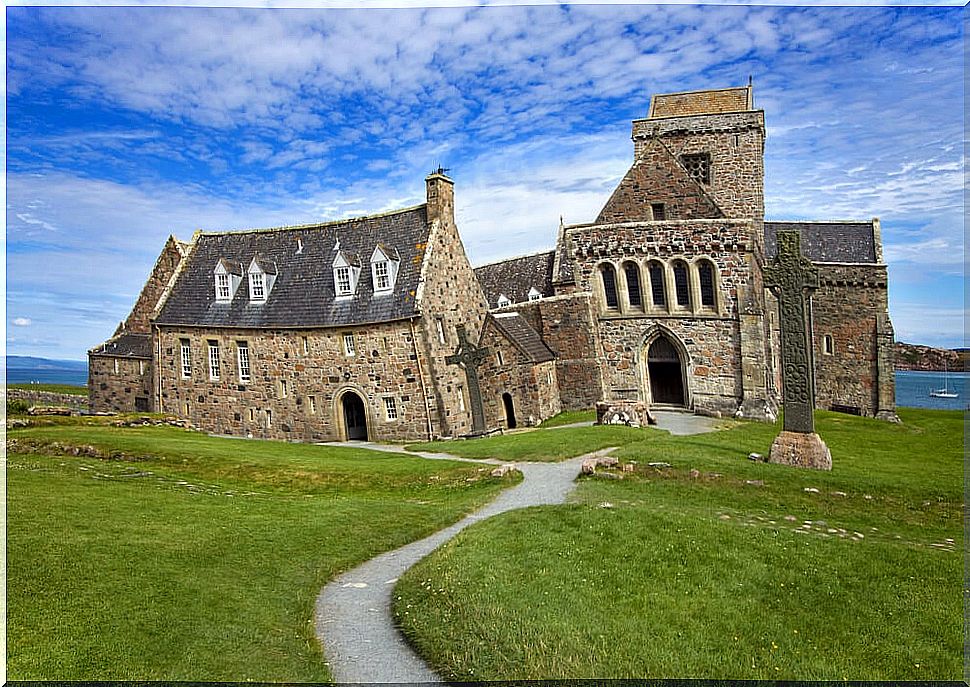
The site became a Benedictine monastery in the 13th century. This abbey, along with others that were closed and demolished, suffered this serious event due to the Protestant Reformation.
Taking a leap of many centuries, Iona was awarded to the Church of Scotland, which was the one that carried out a major restoration for the preservation of Iona Abbey.
The Book of Kells, an illuminated manuscript, is said to have been written on the Isle of Iona, more specifically Iona Abbey in the 9th century. Later, with the Viking attacks, this book was brought to Ireland, where it remains to this day. Meanwhile, the Scots continue to claim it.
Chapel of San Oran
St. Oran’s Chapel – St. Oran’s Chapel – was created in dedication to St. Oran, companion of St. Columba of Iona, and is the oldest on the island. Saint Oran is said to have been the first Christian to be buried on the Isle of Iona.
This chapel dates from the 12th century and is one of the most interesting places to visit on the island. Being in the Oran Cemetery, he not only protects Saint Oran, but he would also protect other important figures, and even kings. Unfortunately, the inscriptions have been worn, and this makes the readability and confirmation of these data impossible.
The legend of Saint Oran
There is a legend that says that Saint Oran was buried alive under a chapel that Saint Columba was building. A voice would have told Saint Columba that the walls of the place would not stand until a buried man lives underneath. This story corresponds to the legends of sacrifice in Great Britain, so it is only an old popular belief.
Iona Nunnery
The Benedictines of the thirteenth century, responsible for converting the Abbey of Iona into a monastery, also founded Iona Nunnery – Iona Nunnery. This convent is the most complete in all of Scotland.
If you have the opportunity to go, pay attention to the windows, as you can find a figurative carving of a Sheela na Gig. These are figurative sizes of women that show an exaggerated vulva; these are said to keep people from evil and death and ward off evil spirits.
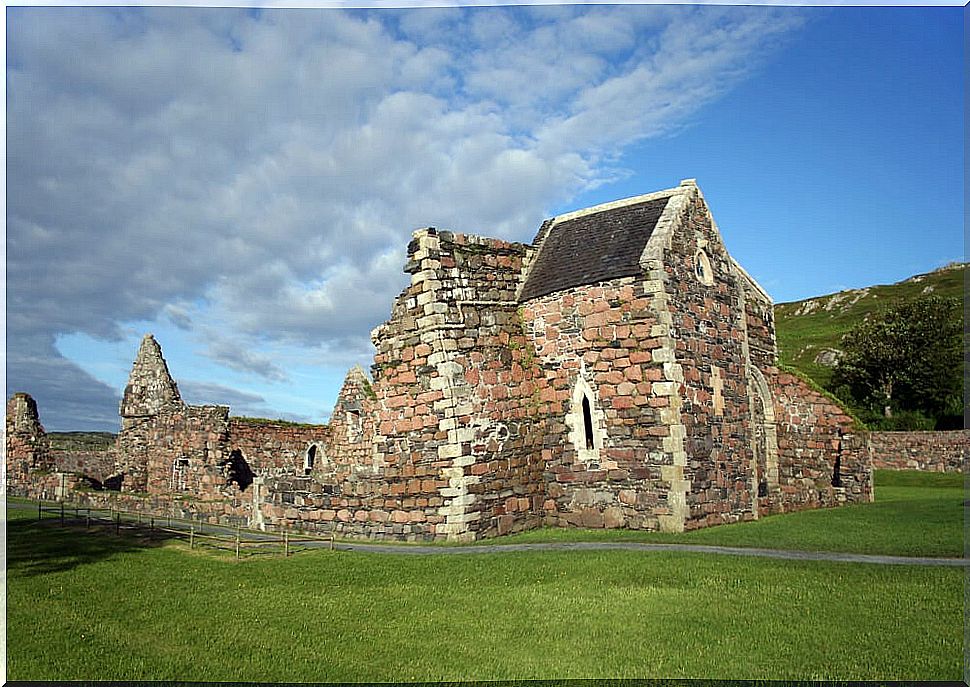
McLean Cross
This iconic cross on the island of Iona is on the way to Iona Abbey. Built and carved in the 15th century by local sculptors, it is three meters high and contains drawings with motifs. On the west side you can see the crucifixion, while on the reverse you can see drawings belonging to the Celtic tradition.
Beaches on the Isle of Iona
In addition to the historical and religious sites that we already saw, it is possible to visit beautiful beaches on the island of Iona. You will be fascinated with these natural spaces on the small island. Next, we will tell you which beaches you can visit.
- St. Columba’s Bay: it is a well-known beach in this destination. It has pebbles instead of sand and it is also covered with grass, so you can enjoy a picnic there or just hang out.
- The Bay at the Back of the Ocean: It is a wide bay in the west of the island of Iona, and it is so named because the next stop to the west is North America. Right there is the Machair, a low fertile grassy plain.
- Martyr’s Bay: In addition to having a privileged view, it is loaded with historical importance. There is a granite memorial there dedicated to the local dead during WWI and WWII. In addition, it is known for being the place where the Scottish writer Robert Louis Stevenson used to spend the summer.
- Traigh an t-Suidhe: If there are few people, it can even look like a private beach. Its crystalline waters —but cold— and white sands almost transport us to the Caribbean. It is a quiet and dreamy place that you should not miss.
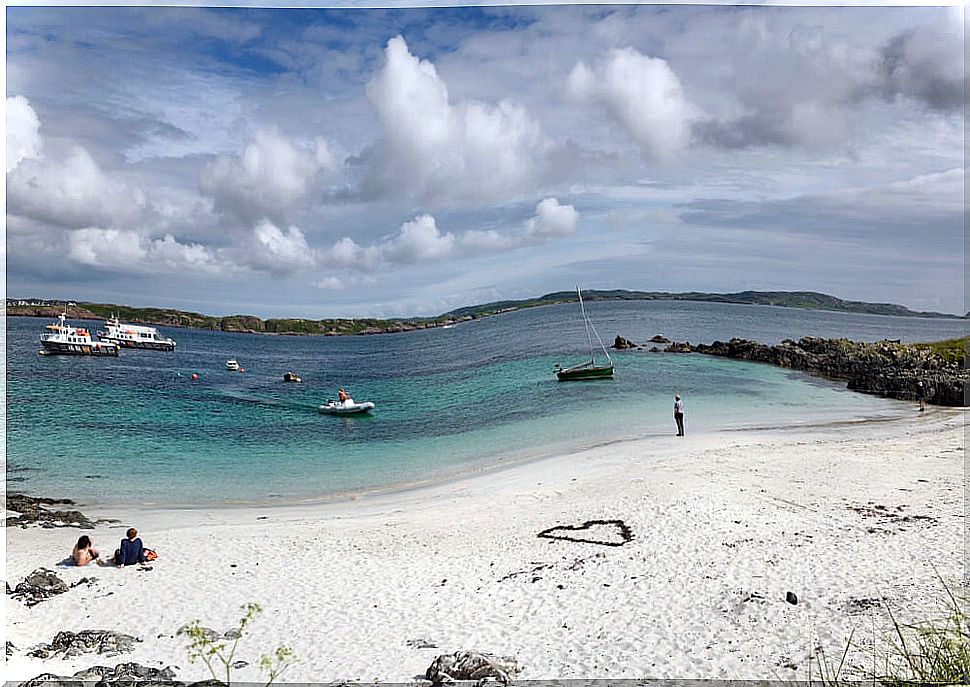
What else can you see on the island of Iona?
Believe it or not, there are more historical and religious sites and other beaches to see. In addition, you can go up the Dùn Ì hill, take a bike ride around the island or go shopping, don’t miss the handicrafts!
Iona is truly a unique place, full of history, mysteries and rewarding sensations. We have seen from the oldest sites to its beaches and the interesting activities to do there. Did they make you want to visit it?

